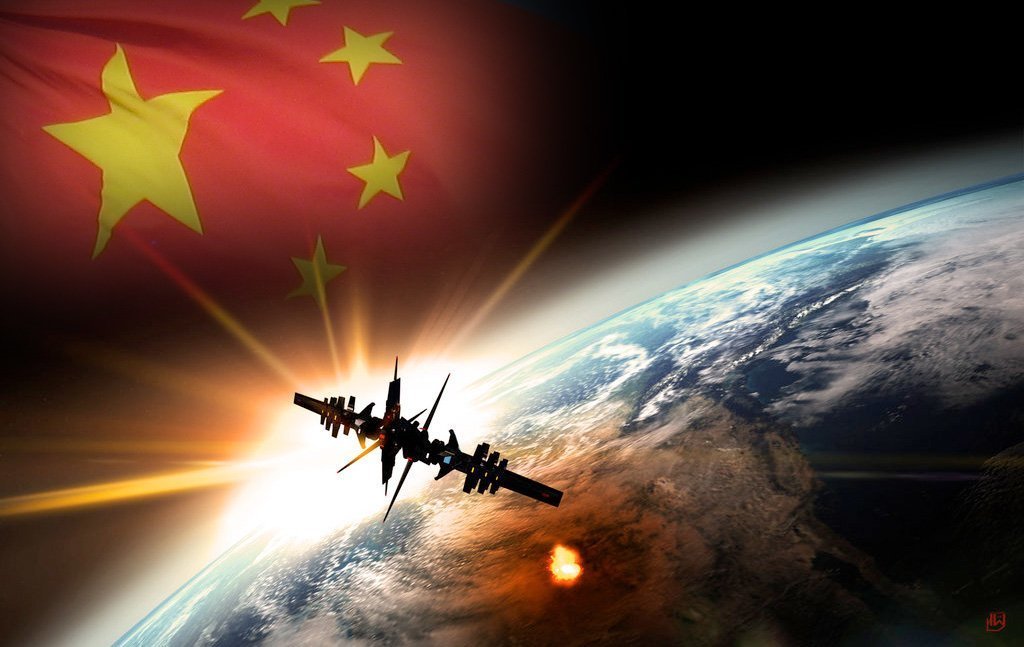
De kommende krigene blir informasjonskriger. Jeg publiserte nylig oppropet fra 1000 forskere innen kunstig intelligens der de advarter mot autonome våpensystemer. Dette er en side, en meget skjebnesvanger side, ved informasjonsteknologiens virkning på krig. En annen side er krigen om informasjonen.
Kina har i minst ti år utviklet en militærdoktrine der nettopp krigen om informasjonen er helt sentral. Kinesiske militærstrateger vet at USA er helt overlegen når det gjelder strategiske bombesystemer, hangarskip og den totale mengden våpen. Derfor har de utviklet en assymetrisk strategi som blant annet tar sikte på å ramme selve akilleshælen i disse våpnene, nemlig informasjonen. Ingen av disse våpnene kan fungere uten databaserte styringssystemer, GPS, databasert kommunikasjon osv.
Det australske nettidskriftet The Strategist har en interessant gjennomgang av denne sida ved den kinesiske militærdoktrinen, skrevet av Malcolm Davis:
In considering future adversaries, Chinese information warfare doctrine makes clear the requirement to attack US C4ISR systems, including satellites, from the outset or even prior to, any military conflict. This information warfare campaign will be fought in space, cyberspace and across the electromagnetic spectrum. The PLA sees the information battle-space as an integrated environment comprising both cyberspace and electronic warfare, and base their approach to these domains around the concept of Integrated Networked Electronic Warfare (INEW).
Tidsskriftet viser til en artikkel av den kinesiske generalen Dai Qingmin fra 2002 med tittelen On Integrating Network Warfare and Electronic Warfare. Den er gjengitt og drøftet i Joint Force Quarterly i 2005.
INEW, according to Dai, refers to a series of combat operations that use the integration of electronic warfare and computer network warfare measures to disrupt the normal operation of enemy battlefield information systems while protecting one’s own, with the objective of seizing information superiority — similar to the U.S. definition of IO.
Dette gir enda en grunn for Kina til å utvikle sitt eget, uavhengige GPS, slik jeg har informert om. Og, som Davis er inne på, reiser det enda flere innvendinger mot USAs nye F35 Joint Strike Fighter. Det er et fly som ikke er konstruert for dogfights, altså nærkamp mot andre jagerfly, men på databasert bombing i god avstand fra målet. Men hvis styringssystemene er slått ut av motparten, hva da? Blir F35 da en ekstremt dyr haug med skrapmetall?
For som Davis sier: USAs militærplanleggere bør ikke gå ut fra at deres framtidige motstandere vil være så høflige å føre krigen på den måten som passer USAs overlegenhet best.
Det amerikanske magasinet The National Interest, som er talerør for svært innflytelsesrike kretser innen USAs elite, har også en artikkel om den kinesisske INEW-strategien, Revealed: The New Battleground in China’s Future Wars:
In such campaigns, the PLA’s INEW concept of operations would be widely employed in the earliest phases of a conflict, and possibly preemptively with the objective to deny the enemy access to information essential for continued combat operations. In particular, achieving information dominance (zhi xinxi quan) is a key prerequisite for allowing the PLA to seize air and naval superiority, according to two of the PLA’s most authoritative public statements on its doctrine for military operations: “The Science of Military Strategy” and “The Science of Campaigns.” Both documents identify an enemy’s C4ISR and logistics systems networks as the highest priority for select INEW operations.
At the same time, the PLA recognizes the importance of controlling space-based information assets as a means of achieving true information dominance, calling it the “new strategic high ground.” In this context, the PLA is seeking to develop the capability to use space for military operations, while denying this same capability to an adversary.
Naturligvis driver både USA, Kina og Russland forskning innen informasjonsteknologisk krigføring, men det later til at de grepene Kina tar gjennomføres med større besluttsomhet og med større langsiktighet enn de amerikanske.


 oss 100 kroner!
oss 100 kroner!